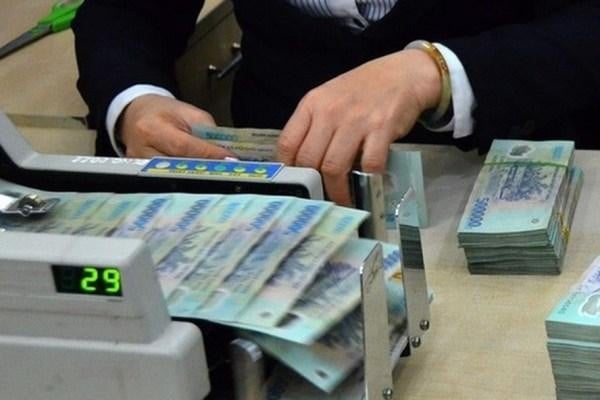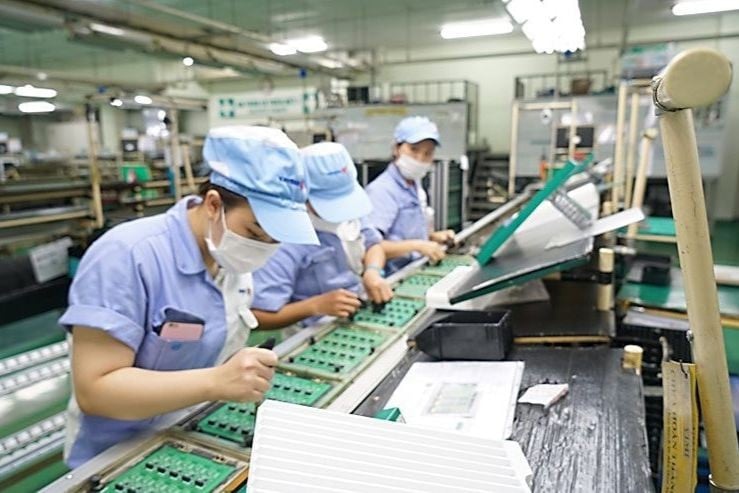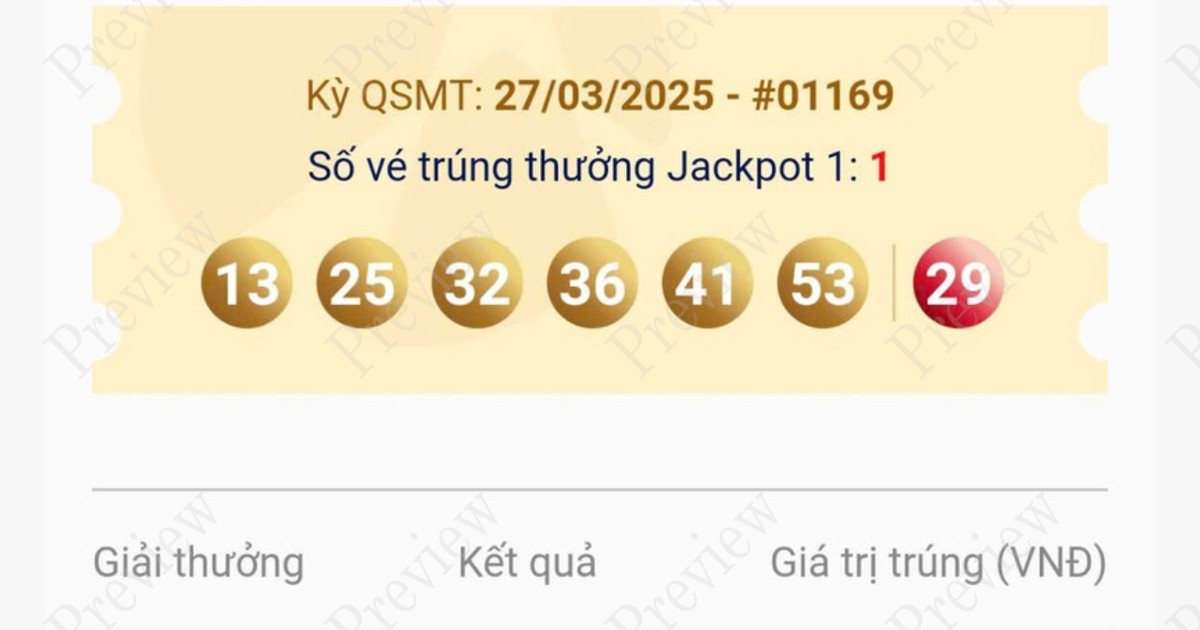ANTD.VN - Although interest rates have decreased, home loans are still unlikely to recover because housing prices have not decreased, and part of people's assets may still be stuck in corporate bonds and unfinished real estate projects.
Credit growth, profits expected to recover
According to SSI Research analysts, 2024 will continue to be a challenging year for the banking industry in terms of asset quality. However, the overall situation will improve compared to 2023, largely thanks to the cost of capital falling to a much lower level than in 2023 and the improvement in pre-provision profit (PPOP) giving banks room to create a better provision buffer.
According to estimates, pre-tax profit growth in 2024 of banks under the study scope is expected to reach 15.4% year-on-year, which is a better growth rate compared to 4.6% in 2023.
Credit in 2024 is expected to increase by 14% thanks to lower lending rates. Growth potential will likely come from businesses such as infrastructure construction, manufacturing enterprises and FDI in priority sectors (such as agriculture, export, high technology, SMEs and supporting industries).
In addition, real estate investors have a need to refinance bonds due in 2024 with a total value of about VND200,000 billion (equivalent to 20% of outstanding credit for real estate investors in 2023). This could also be an important driver of credit growth in 2024, unless the management agency continues to strictly inspect and control cross-credit facilities for related parties and satellite companies.
 |
Bank credit and profits forecast to improve in 2024 |
In 2024, SSI Research believes that interest rates will continue to remain low to support the economy. However, the average deposit interest rate in 2024 is not expected to differ too much from the current level. NIM is forecast to recover 9 basis points to 3.75% for banks under the research scope.
Non-interest income growth is stable at 7% YoY. The US Federal Reserve's (Fed) expected interest rate cut in 2024 will make the USD less strong than in 2023 and the interest rate gap between VND and USD in the interbank market may narrow, leading to profits from foreign exchange trading may not be large.
However, fee income is expected to rebound 17% YoY, driven by trade finance, payments and card services.
Real estate credit is difficult to recover.
According to SSI Research, although home loan interest rates for new loans have decreased by 3% in 2023, analysts do not expect outstanding home loans to recover strongly in 2024 because housing prices in Hanoi and Ho Chi Minh City have barely decreased, while homebuyers' income and psychology have been affected in the 2022-2023 period.
Most importantly, part of people's assets may still be stuck in corporate bonds and unfinished real estate projects.
“We believe that banks will compete to gain market share in home loans for projects with full legal procedures located in prime locations.
In our opinion, banks that can increase market share in this segment include BIDV and VietinBank, because they are able to implement lending programs with competitive interest rates and attract customers from other banks," SSI analysts commented.
Bad debt may be higher than announced
Regarding bad debt, SSI believes that the bad debt ratio at the end of 2024 will not change much compared to 2023, because at the end of the year, banks are expected to accelerate bad debt write-offs and the economy will recover more strongly.
However, problem loans (including group 2 loans, restructured loans, overdue corporate bonds and old loans) continue to need close monitoring.
In addition, if the draft amendment to Circular 16 easing restrictions on banks' investment in corporate bonds is passed, it is possible that some credit risks will return to banks that actively buy back corporate bonds.
In 2024, SSI Research believes that the State Bank will continue to maintain the set targets combined with timely support measures (for example, extending Circular 02 on debt restructuring if necessary) along with closer supervision of banking activities to ensure system safety.
It is not excluded that the State Bank will apply stricter requirements on ownership structure and lending to related parties as in the Draft Law on Credit Institutions and Circular 15/2023 on additional data that must be updated in the CIC system as well as amending regulations on capital adequacy ratio (Circular 22/2023) and other safety ratios.
Notably, the SSI report said that some of the smaller listed banks had misrepresented their asset quality by taking advantage of the loan restructuring mechanism. Therefore, the problem debt in the banking system (excluding SCB) could be higher than the 5.3% of the banks in the study.
“Considering the results of debt settlement in the 2012-2017 and 2017-2021 periods, we see that 65% of the source of bad debt settlement will come from using the provisions set aside to write off bad debts of banks. Therefore, we expect that it may take the banking system about 2-3 years to set aside enough necessary provisions and write off those bad debts,” the report stated.
Source link



![[Photo] "Beauties" participate in the parade rehearsal at Bien Hoa airport](https://vstatic.vietnam.vn/vietnam/resource/IMAGE/2025/4/11/155502af3384431e918de0e2e585d13a)





























![[Photo] Summary of parade practice in preparation for the April 30th celebration](https://vstatic.vietnam.vn/vietnam/resource/IMAGE/2025/4/11/78cfee0f2cc045b387ff1a4362b5950f)
![[Photo] Looking back at the impressive moments of the Vietnamese rescue team in Myanmar](https://vstatic.vietnam.vn/vietnam/resource/IMAGE/2025/4/11/5623ca902a934e19b604c718265249d0)

























































Comment (0)